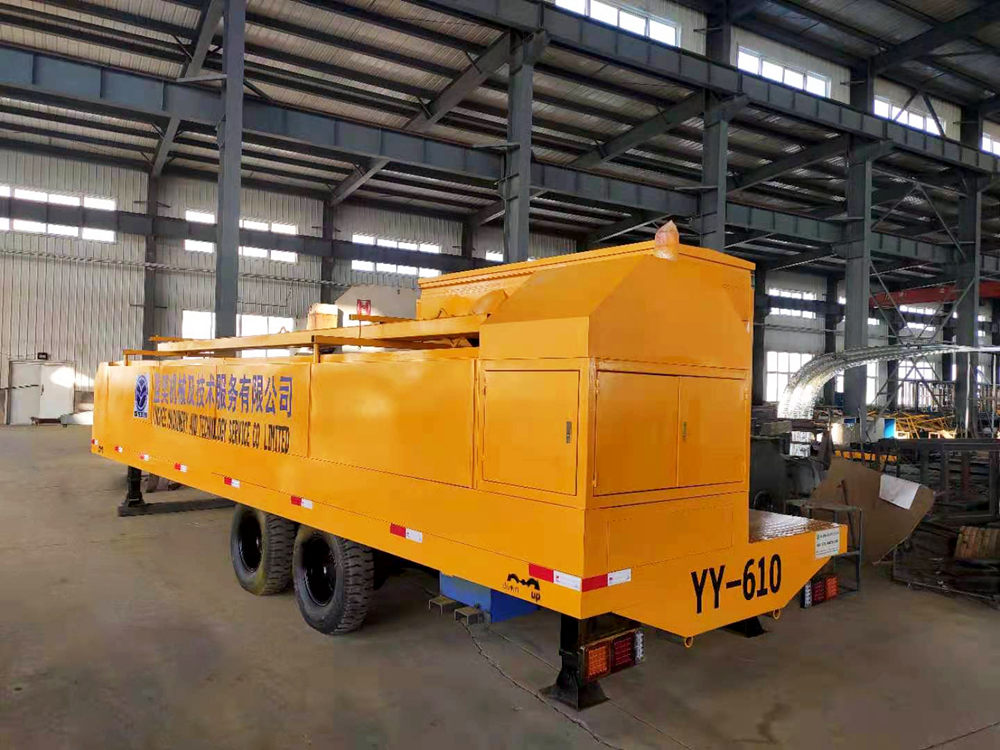
Understanding Coil Cutting to Length A Comprehensive Guide
In the manufacturing and metalworking industries, the process of coil cutting to length is a vital operation that aids in the efficient production and utilization of materials. This process involves cutting large rolls of metal or other materials into specific lengths required for further processing or sale. Understanding the intricacies of coil cutting to length is essential for manufacturers seeking to streamline operations and reduce waste while ensuring high-quality output.
What Is Coil Cutting to Length?
Coil cutting to length refers to the method of delivering flat products from coiled material. Manufacturers typically start with large rolls of metal, such as steel or aluminum, which are produced through processes like rolling or extrusion. These coils can be several tons in weight and are often unwieldy, making them impractical for direct use in production. The coil cutting to length process involves unrolling the coil and cutting it into manageable lengths according to the specifications provided by the customer or end-user.
The Benefits of Coil Cutting to Length
1. Customization One of the most significant advantages of coil cutting to length is the customization it offers. Various industries have specific needs in terms of dimensions, tolerances, and material specifications. Cutting to length allows manufacturers to produce material that meets these precise requirements, reducing the need for additional processing later on.
2. Reduced Waste By accurately cutting coils to length, manufacturers can minimize waste. Instead of generating scrap material from standard sheet or plate sizes, companies can tailor the lengths to match what is needed for production, thus enhancing material efficiency.
3. Improved Processing Efficiency With pre-cut lengths, downstream production operations can proceed more smoothly. Workers can directly use the cut pieces, reducing the time involved in measuring and cutting on-site. This improves overall workflow and can lead to faster turnaround times for customer orders.
4. Enhanced Storage Coil cutting to length allows for more compact storage of materials. Instead of having large coils that take up extensive warehouse space, cut lengths can be stacked and organized more efficiently, making inventory management easier.
The Coil Cutting Process

The process of coil cutting to length can be broken down into several key steps
1. Uncoiling The first step involves positioning the coil on an uncoiling machine, which will gradually unwind the metal.
2. Feeding After uncoiling, the strip is fed through a series of rollers that ensure it remains flat and straight.
3. Length Measurement The operator or automated system measures the required length for each cut. This step is critical, as it ensures that each piece meets the specified dimensions.
4. Cutting Various cutting methods can be utilized, including shear cuts, laser cutting, or plasma cutting, depending on the material and thickness. The cutting tool efficiently slices through the material, creating a clean edge.
5. Stacking and Packaging Once cut, the pieces are stacked and sometimes packaged for delivery. Proper handling during this stage is essential to prevent any damage to the freshly cut edges.
Technological Advancements in Coil Cutting to Length
Advancements in technology have significantly enhanced the coil cutting process. Automated systems equipped with high-precision cutting tools and sensors can minimize human error and increase production speed. Furthermore, software solutions that integrate with manufacturing management systems allow for better scheduling and tracking of inventory, ensuring that customer demands are met efficiently.
Conclusion
Coil cutting to length is a crucial operation that plays an essential role in the metalworking industry. By offering customization, reducing waste, and improving processing efficiency, it provides tangible benefits to manufacturers. As technology continues to evolve, the potential for further optimization in this process will likely lead to even greater efficiencies and product quality in the future. For companies looking to streamline their operations and meet the demands of a competitive market, mastering the art of coil cutting to length is imperative.